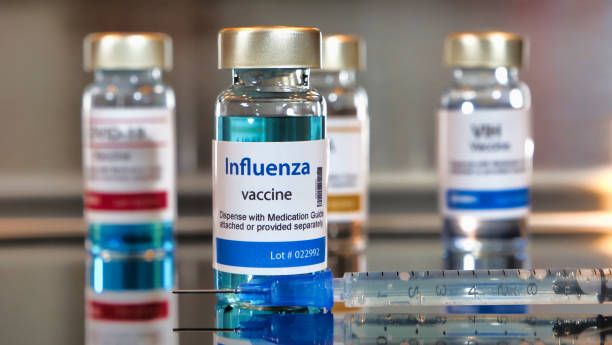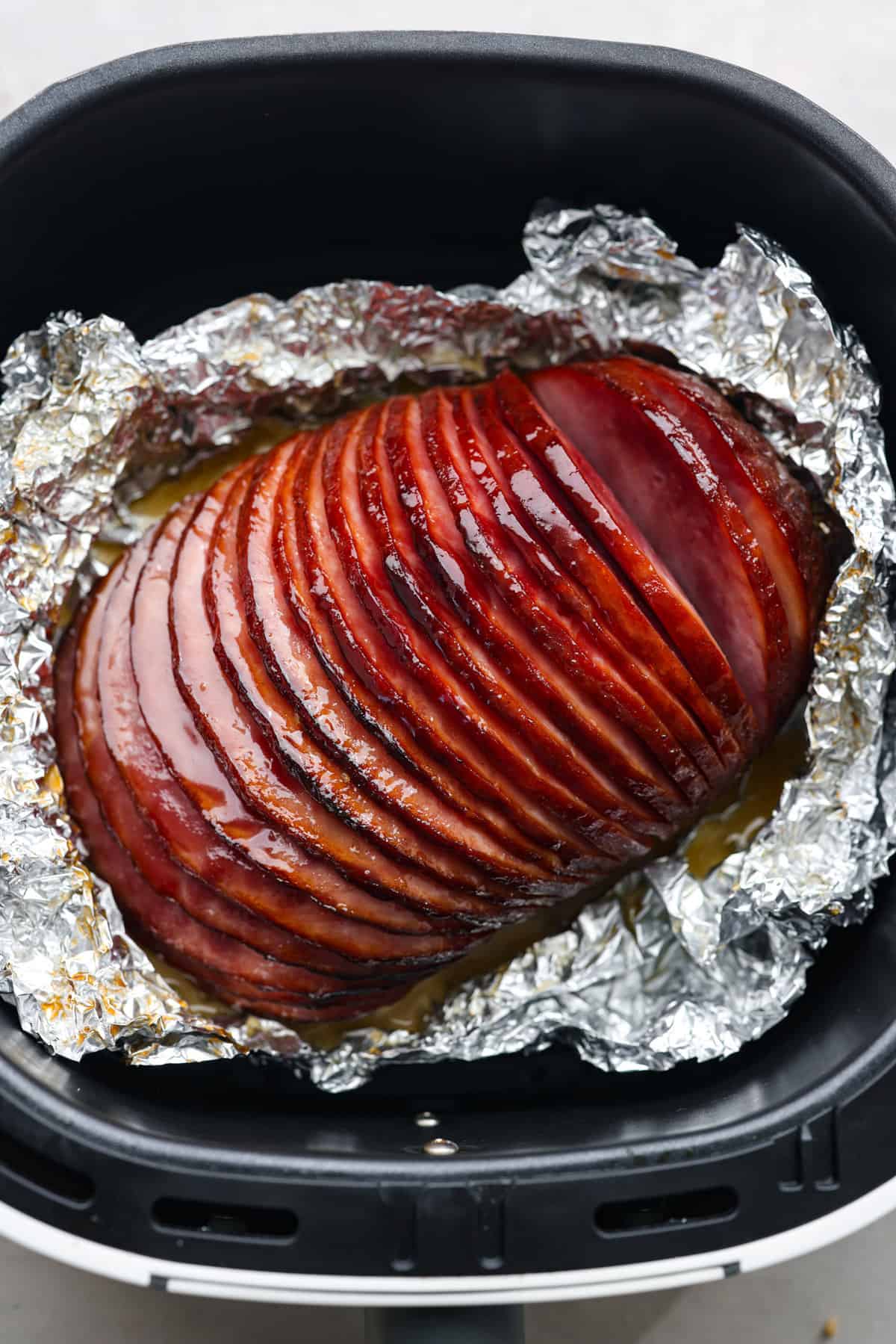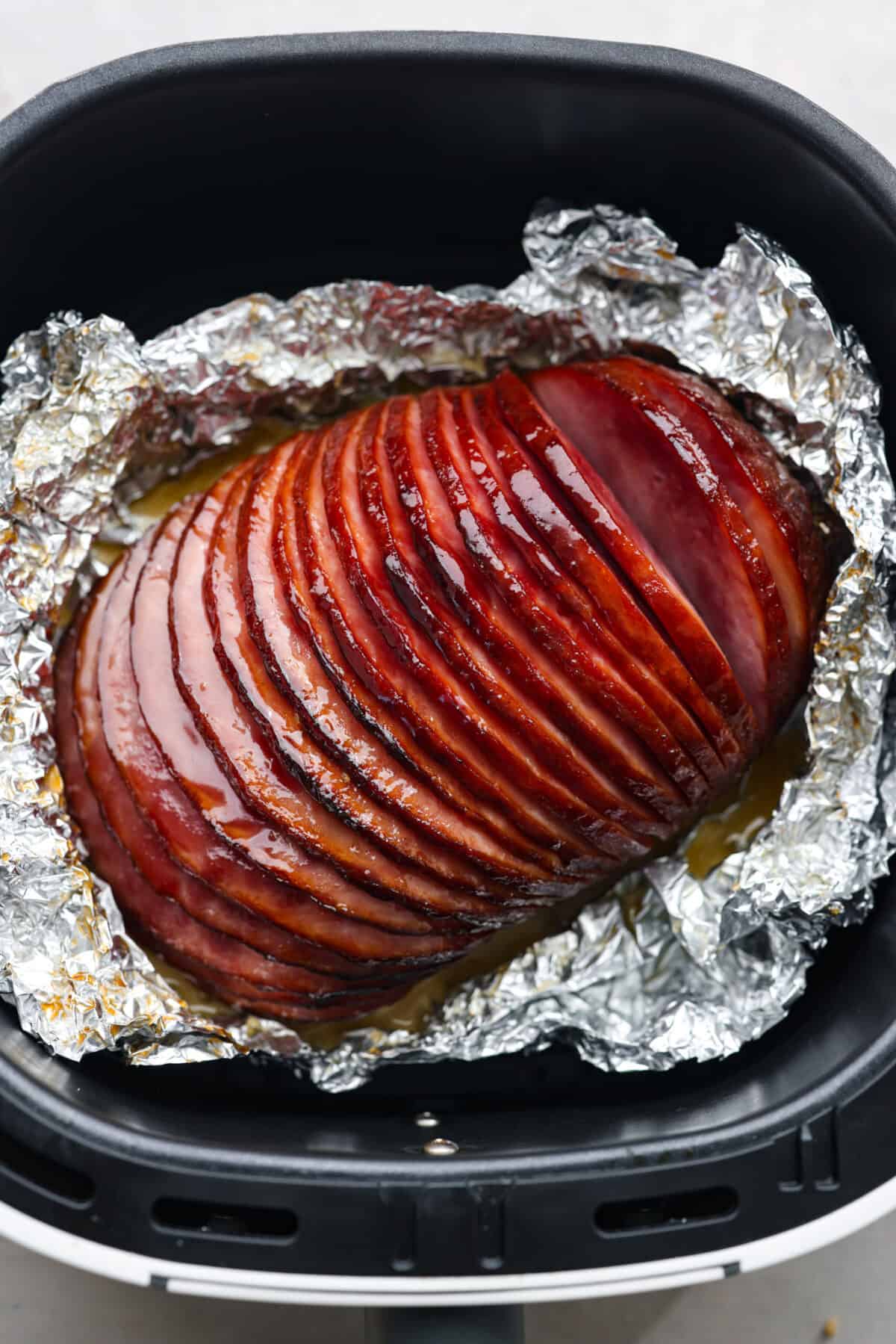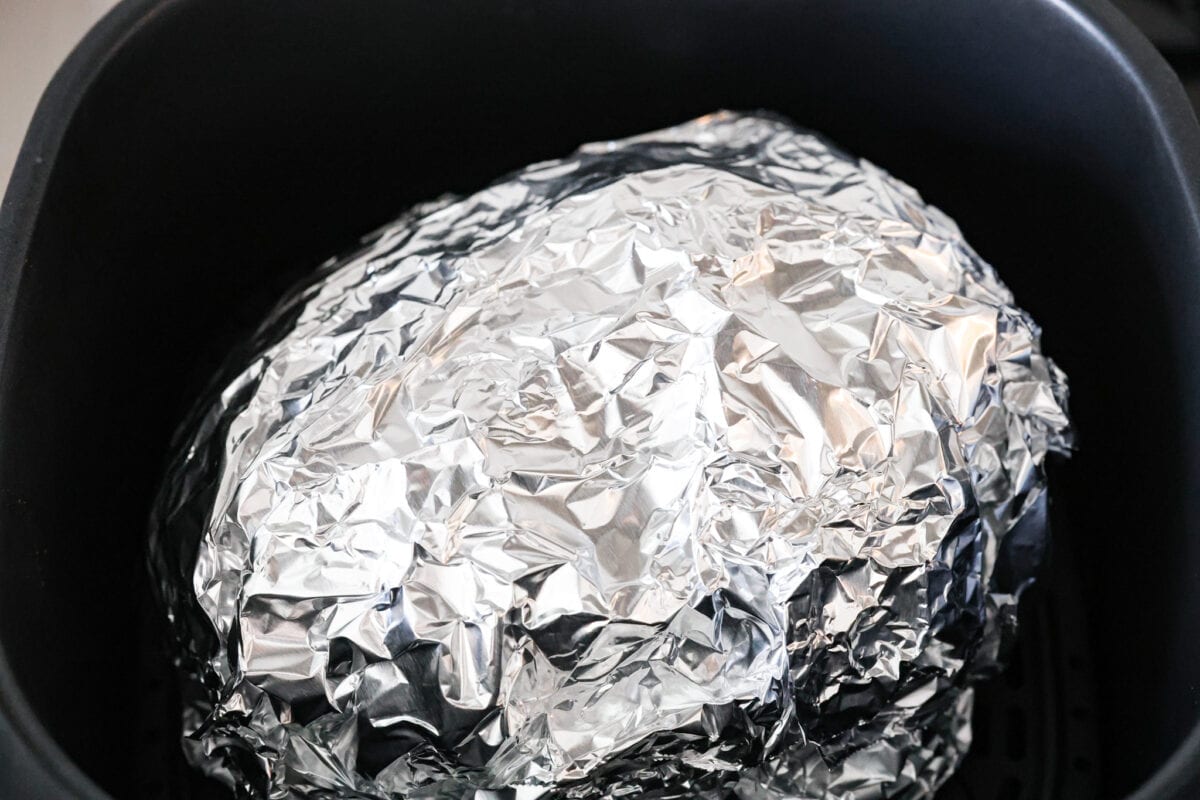For patients who have chronic hepatitis Delta (HDV), which is the most severe form of viral hepatitis, the infection can often come with poor prognosis and high rates of mortality. And combined with the possible coinfections such as hepatitis B (HBV) and HIV, disease management can be extremely difficult.
“What we know is hepatitis delta prevalence in people living with HIV is actually higher than in people who do not have HIV,” Anu Osinusi, MD, vice president, Clinical Research for Hepatitis, Respiratory and Emerging Viruses, Gilead, said. “And so because of the common routes of transmissions of these diseases, HIV, hepatitis B, and hepatitis Delta, people who have triple infections, what we also know from the data is that there is a higher rate of liver-related outcomes such as developing cirrhosis, decompensated liver disease, liver cancer…larger rates of the need for liver transplantation and overall death, compared to individuals who just have hepatitis B or hepatitis D.”
With the potential severity of chronic hepatitis D and the coinfections and limited treatment options, there is an unmet need for therapies. Bulevirtide (Hepcludex, Gilead) is a first-in-class entry inhibitor that was approved in the European Union for chronic HDV infection in HDV RNA positive adult patients with compensated liver disease. The therapy is an investigational treatment in the United States.
“What bulevirtide does is it essentially binds to and then inactivates the NTCP receptor, which then has the goal of preventing new infections in the hepatocytes, and then inhibits the propagation of hepatitis Delta itself,” Osinusi said.
At last week’s Conference on Retroviruses and Opportunistic Infections (CROI) in Denver, CO, data was presented on bulevirtide in regards to those with chronic hepatitis D and also included results on 2 patients who had HIV, hepatitis B, and hepatitis D.
Study Parameters and Results
In this study, 150 participants with chronic hepatitis D were randomized (1:1:1) into 3 arms including Arm A, which was no active anti-HDV treatment for 48 weeks, followed by bulevirtide 10mg/d for 96 weeks (n=51), and Arms B or C: immediate treatment with bulevirtide at 2 mg/d (n=49) or 10 mg/d (n=50), respectively, each for 144 weeks, with follow-up of 96 weeks after end of treatment. Efficacy was measured by combined (undetectable HDV RNA or ≥2 log10 IU/mL decline from BL and ALT normalization), virologic and biochemical response rates.
“At week 96, 39% to 56% of patients responded with substantially reduced levels of HDV RNA and with normal levels of the liver enzyme alanine aminotransferase, a key marker of liver health. Through 2 years of treatment, bulevirtide was safe and well tolerated,” the study authors wrote.
Osinusi explained that for some participants it may have taken longer time to see a therapeutic benefit.
“Even in the patient participants who didn’t have a virologic response at week 24, over time, many of those participants actually go on to have this improved response at week 96,” she said.
For the 2 individual patients in the subset who had HBV/HDV, they also saw a benefit. “At week 96, both patients achieved a combined response (virologic and ALT normalization) as well as improvements in HBV DNA, platelet levels, and liver stiffness measurements,” the investigators wrote. “Neither patient required changes to their anti-HIV regimen nor did they experience serious [adverse events] AEs related to [bulevirtide] BLV.”
Contagion spoke to Osinusi who offered further insights on the study and the therapy.
Reference
Wedemeyer H, Aleman S, Brunetto M, et al. Efficacy and Safety of Bulevirtide 2 mg or 10 mg for 96 Weeks in Chronic Hepatitis Delta, Including in 2 Patients With HIV/Hepatitis B Virus/Hepatitis Delta Virus. Poster #735 presented at CROI 2024. March 3-6, 2023. Denver, CO.


































